I pray for a tomorrow
with more happy days,
full of sunshine's
bright, sunny rays.
May a long life,
be your guiding light,
with all of your future,
being beautiful and bright.
Public Posts Seattle, WA Seattle, WA (zoom)
Tougher than nails
was my Dad, to me.
Happy and joyful,
he let me see,
the love and pride,
which was to be,
my memory of him;
he is now free
as I, his son am
on the road to finality.
A Comment by Loy
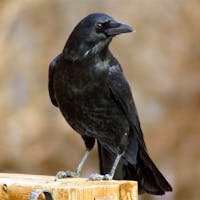
Nice to remember your dad like that…
A Comment by MFish

Thank you
A mystery arose,
I cannot explain,
all I heard was
someone saying your name.
What memories there are
from those darkest of skies,
across oceans, where countries are.
Engaging in discussion with you
appears to be driven
by my question of who.
Who are you "Lady of Night",
whose travelling exploits,
provide views of a new site.
A travel adventure
promised by just you,
of new places to see,
the opportunities to view.
Thank you for sharing
travels with me,
as I satisfy
my own curiosity.
A Comment by Loy

Nice poem Mfish
A Comment by MFish

Thank you, Loy
NASA Astronomy Picture of the Day:
A photographer in silhouette stands in bright moonlight as the Full Moon rises in this well-planned telephoto image. Of course, the Full Moon is normally the brightest lunar phase. But on November 18/19, the Full Moon's light will be dimmed during a deep partial lunar eclipse seen across much of planet Earth. At maximum eclipse only a few percent of the lunar disk's diameter should remain outside the Earth's dark umbral shadow when the Moon slides close to the shadow's southern edge. Near apogee, the farthest point in its orbit, the Moon's motion will be slow. That should make this second lunar eclipse of 2021 an exceptionally long partial lunar eclipse. For most of North America the eclipse partial phases will be visible in predawn hours. Since eclipses tend to come in pairs, this lunar eclipse will be followed by a solar eclipse in two weeks on December 4.
Photo by Jeff Dai

Easy to make Rich, meaty Bolognese Sauce can be on the table in 35 minutes. Make a double or triple batch to enjoy later. Click the image below to read Sally Vargas's recipe at Simply recipes.
NASA Astronomy Picture of the Day:
Why doesn't the nearby galaxy create a gravitational lensing effect on the background galaxy? It does, but since both galaxies are so nearby, the angular shift is much smaller than the angular sizes of the galaxies themselves. The featured Hubble image of NGC 3314 shows two large spiral galaxies which happen to line up exactly. The foreground spiral NGC 3314a appears nearly face-on with its pinwheel shape defined by young bright star clusters. Against the glow of the background galaxy NGC 3314b, though, dark swirling lanes of interstellar dust can also be seen tracing the nearer spiral's structure. Both galaxies appear on the edge of the Hydra Cluster of Galaxies, a cluster that is about 200 million light years away. Gravitational lens distortions are much easier to see when the lensing galaxy is smaller and further away. Then, the background galaxy may even be distorted into a ring around the nearer. Fast gravitational lens flashes due to stars in the foreground galaxy momentarily magnifying the light from stars in the background galaxy might one day be visible in future observing campaigns with high-resolution telescopes.
The Veronica mountain also called Wayna Willka, is a 5,893 m (19,334 ft) mountain in the in the Andes of Peru. "Apu", in the ancient religion and mythology of Peru, Ecuador, and Bolivia, is the term used to describe the spirits of mountains and sometimes solitary rocks, typically displaying anthropomorphic features, that protect the local people. The term dates back to the Inca Empire.
https://www.filmingperu.com/
NASA Astronomy Picture of the Day:
Where are all of these meteors coming from? In terms of direction on the sky, the pointed answer is the constellation of Gemini. That is why the major meteor shower in December is known as the Geminids -- because shower meteors all appear to come from a radiant toward Gemini. Three dimensionally, however, sand-sized debris expelled from the unusual asteroid 3200 Phaethon follows a well-defined orbit about our Sun, and the part of the orbit that approaches Earth is superposed in front of the constellation of Gemini. Therefore, when Earth crosses this orbit, the radiant point of falling debris appears in Gemini. Featured here, a composite of many images taken during the 2020 Geminids meteor shower shows over 200 bright meteors that streaked through the sky during the night December 14. The best meteor shower in November, the Leonids, peaks tonight and tomorrow. Unfortunately, this year, dim meteors during the early-morning peak will be hard to see against a sky lit by a bright gibbous moon. Still, a few bright Leonid meteors should be visible each hour.
Photo by Wang Jin
The tree has few leaves, left to see.
Is starkly naked, its limbs are bare.
Another chapter in the life of a tree,
Once covered in foliage with care.
Lean into my shoulder.
Match your pace to my gait,
for I will protect you.
This is my pledge and fate.
I'm writing these words,
which left my brain
and now appear on
the tip of my pen.
Do you suppose the words are
from the ink in the pen,
not from the inside, my gray,
old brain, full of love,
as it should remain?
You came to me,
in a vision,
I soon lost.
Unable to find
the image again.
Was it good
as I dreamt
it to be,
or just another
of my fantasies?








.jpg?fit=crop&w=280&h=280&q=93)





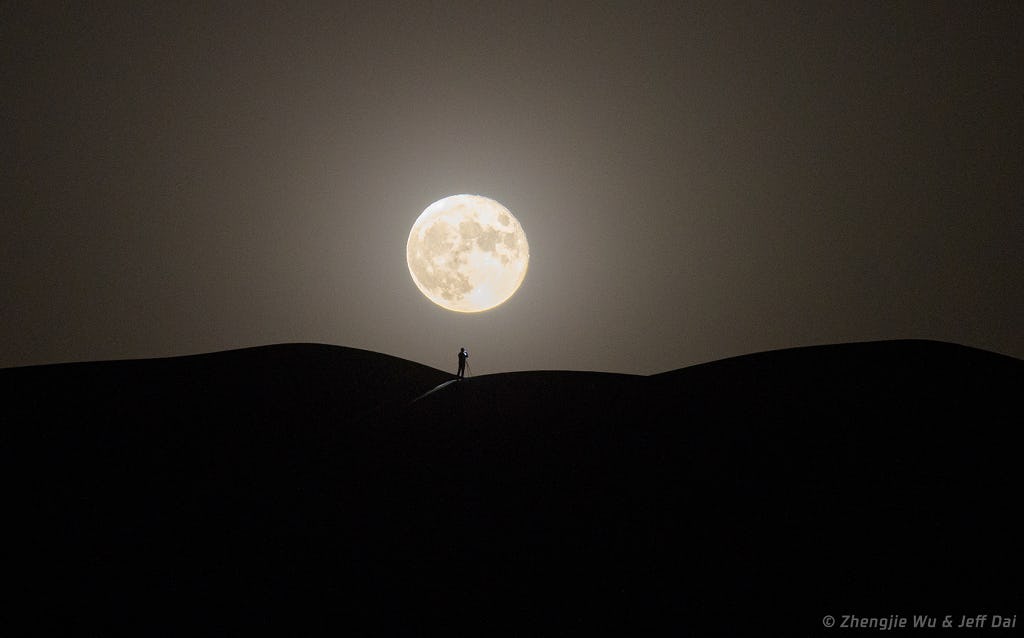

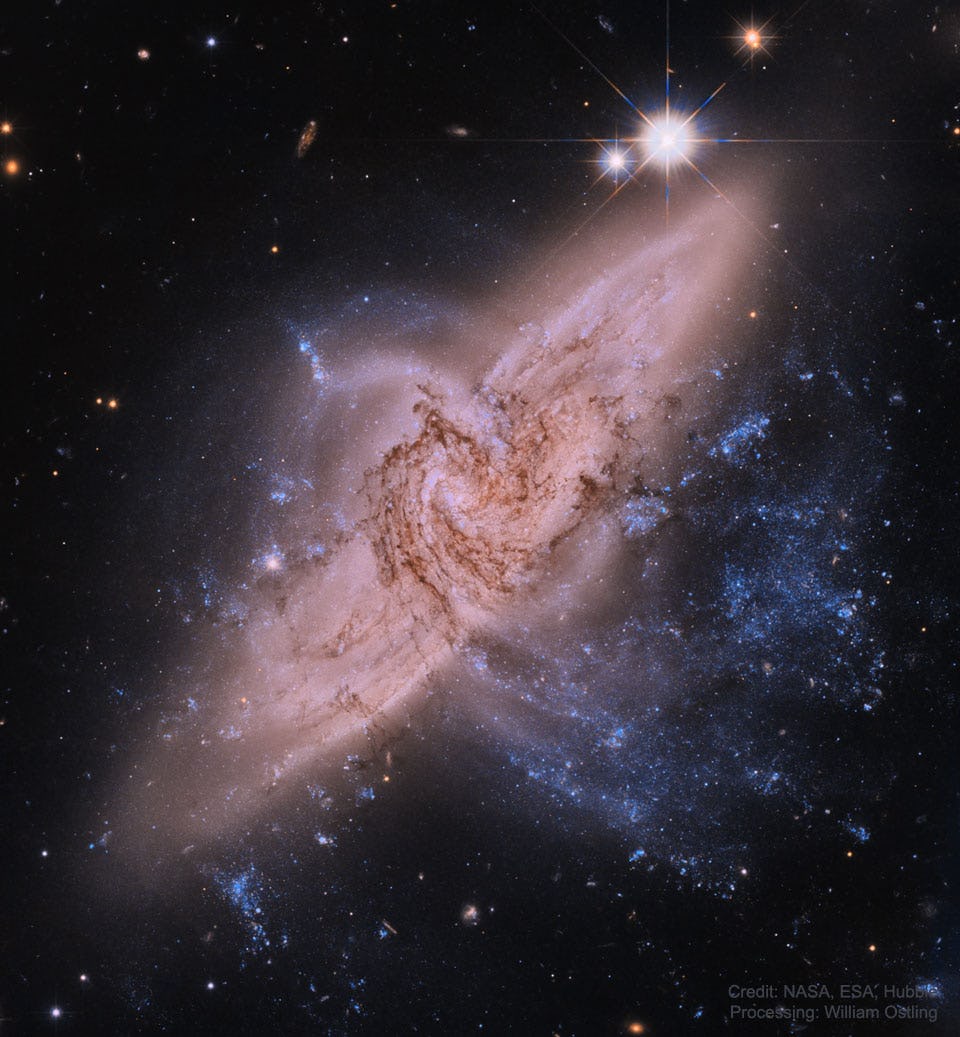

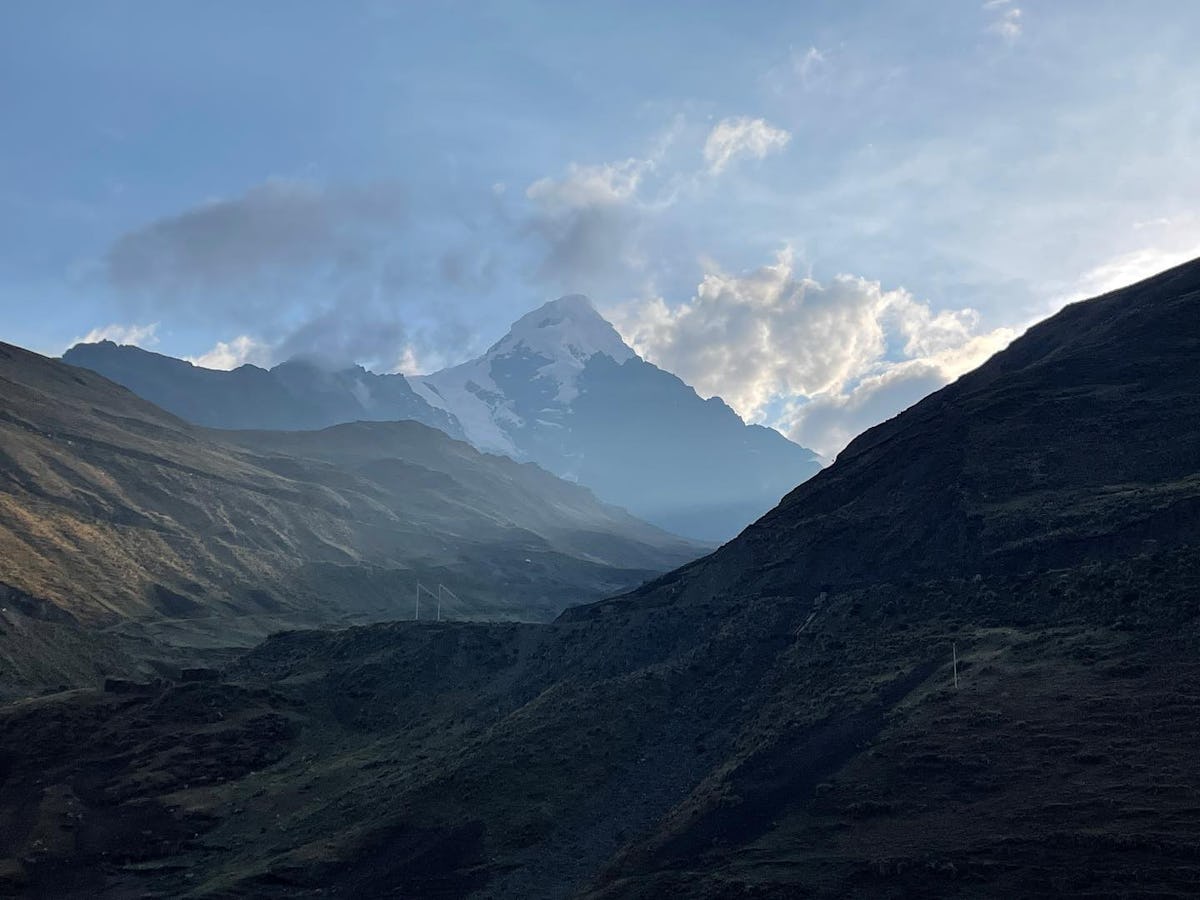
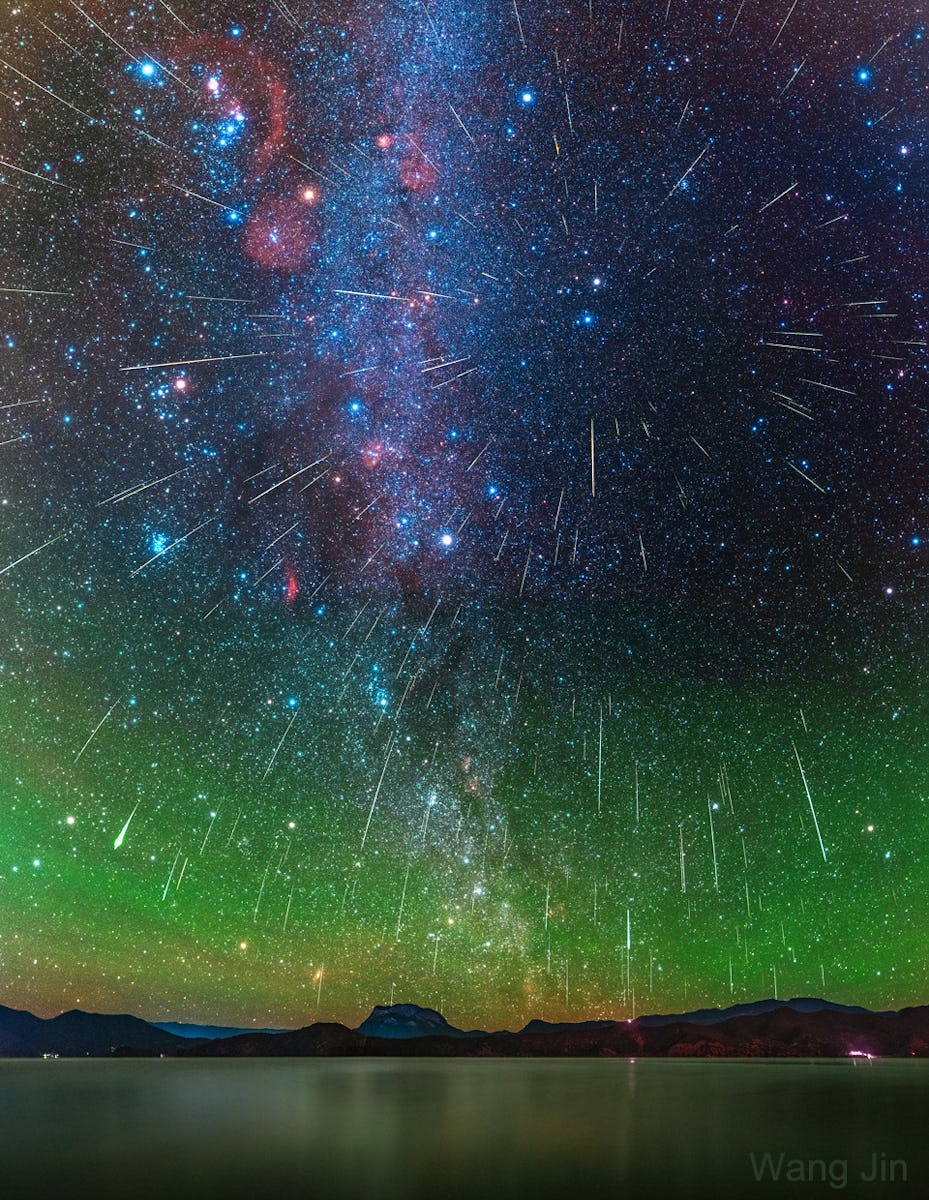

 - Copy.jpg?fit=crop&w=280&h=280&q=93)














